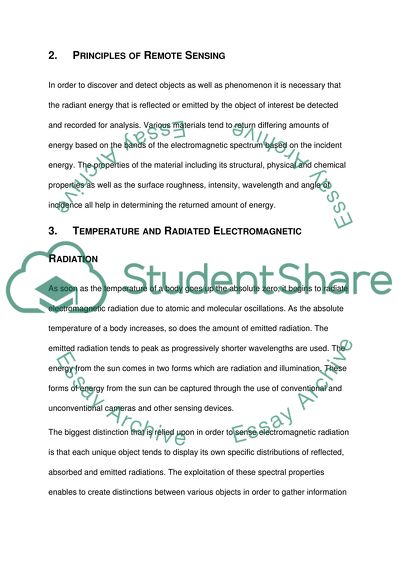Cite this document
(Principles of Remote Sensing Assignment Example | Topics and Well Written Essays - 1250 words, n.d.)
Principles of Remote Sensing Assignment Example | Topics and Well Written Essays - 1250 words. https://studentshare.org/physics/1757911-remote-sensing
Principles of Remote Sensing Assignment Example | Topics and Well Written Essays - 1250 words. https://studentshare.org/physics/1757911-remote-sensing
(Principles of Remote Sensing Assignment Example | Topics and Well Written Essays - 1250 Words)
Principles of Remote Sensing Assignment Example | Topics and Well Written Essays - 1250 Words. https://studentshare.org/physics/1757911-remote-sensing.
Principles of Remote Sensing Assignment Example | Topics and Well Written Essays - 1250 Words. https://studentshare.org/physics/1757911-remote-sensing.
“Principles of Remote Sensing Assignment Example | Topics and Well Written Essays - 1250 Words”. https://studentshare.org/physics/1757911-remote-sensing.


